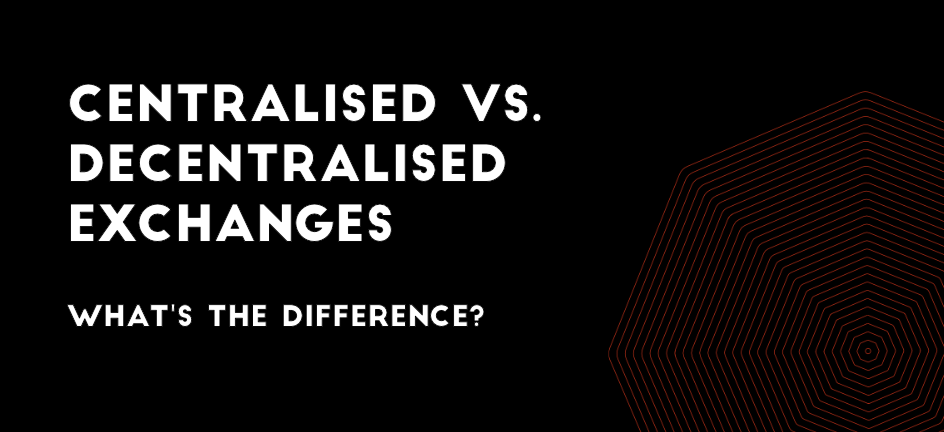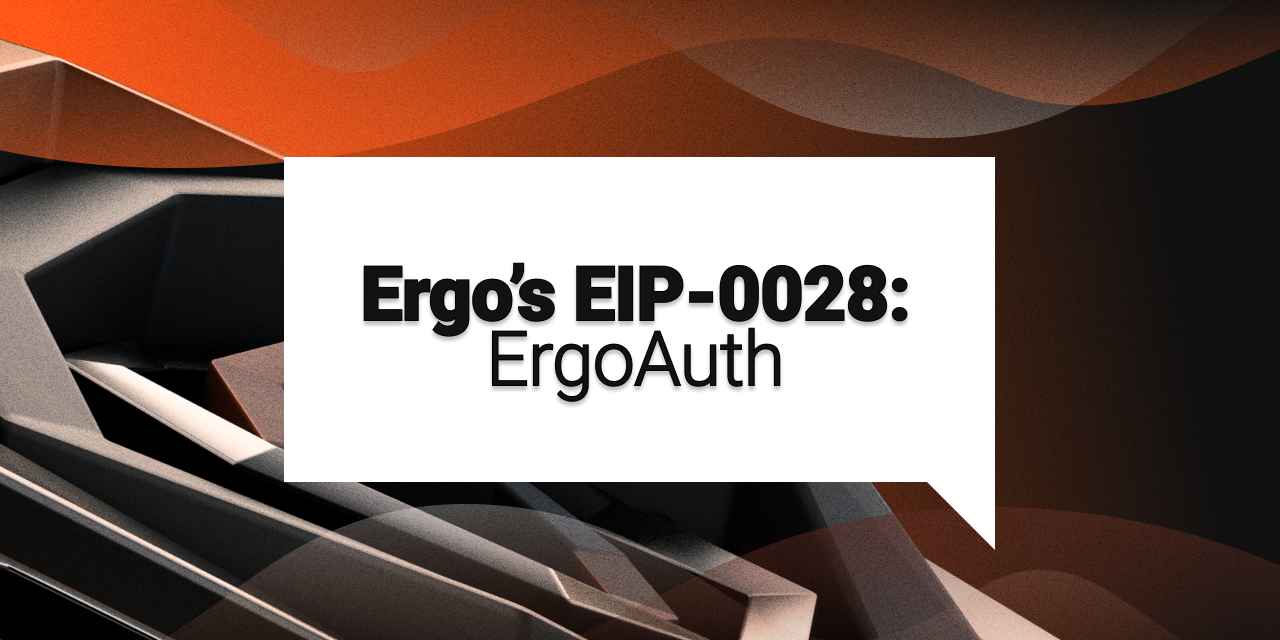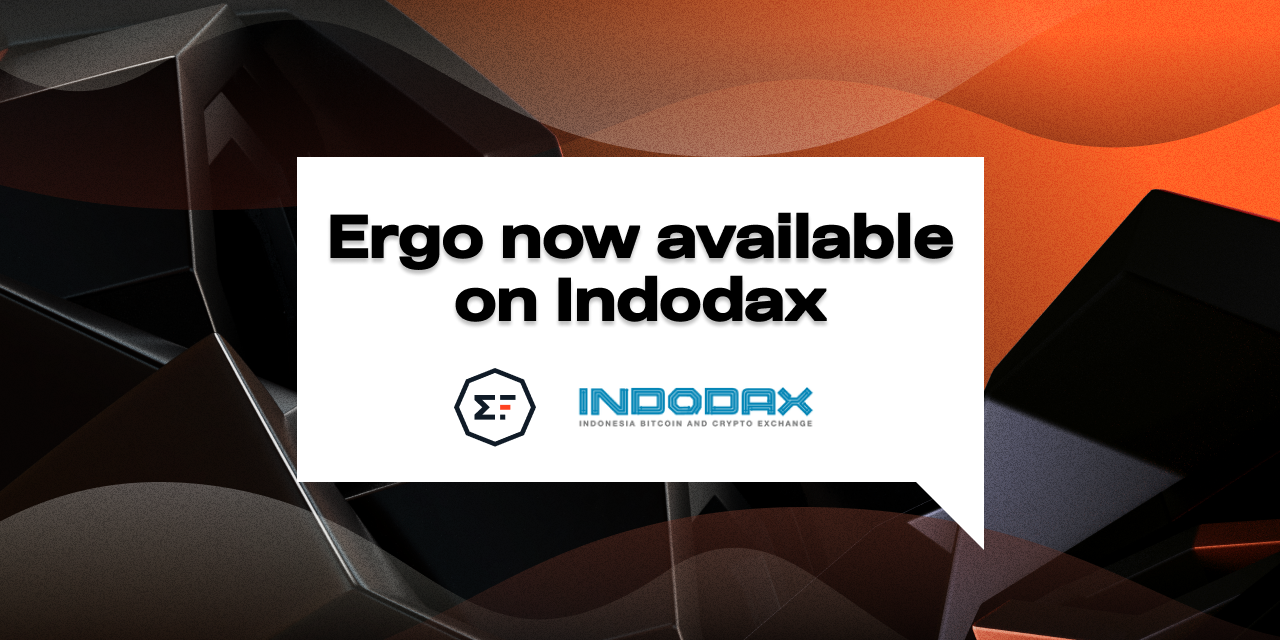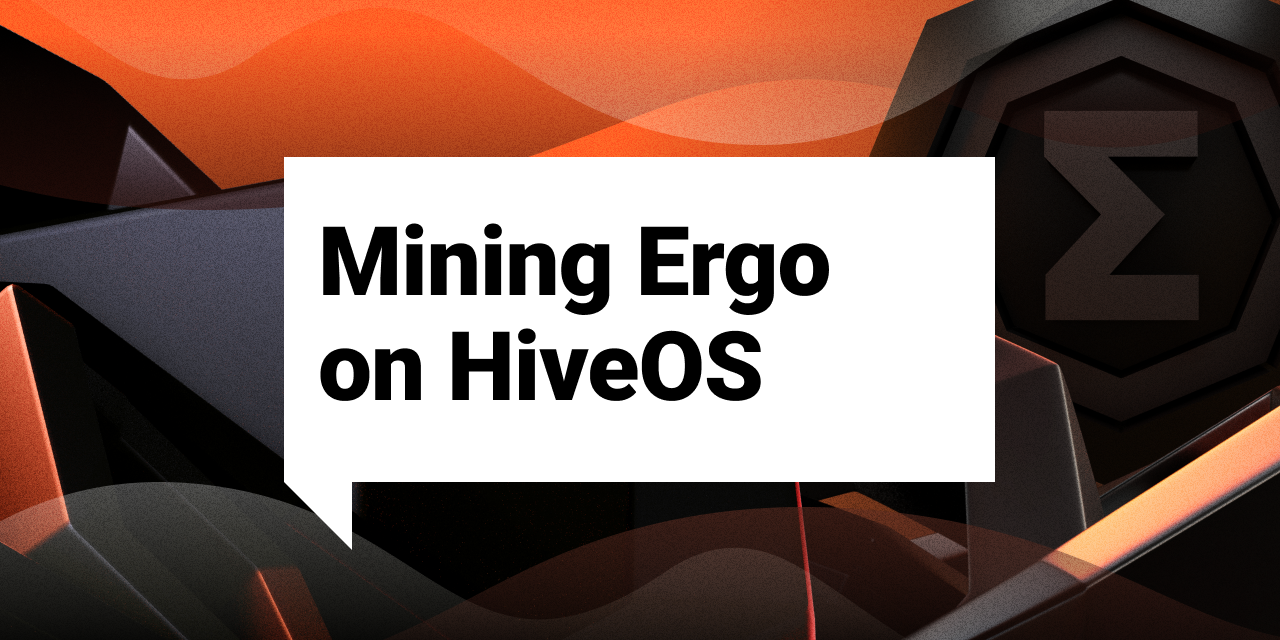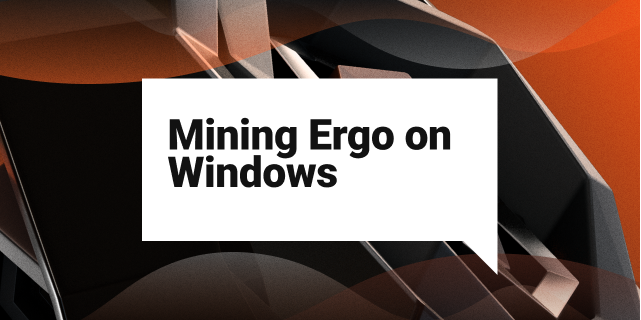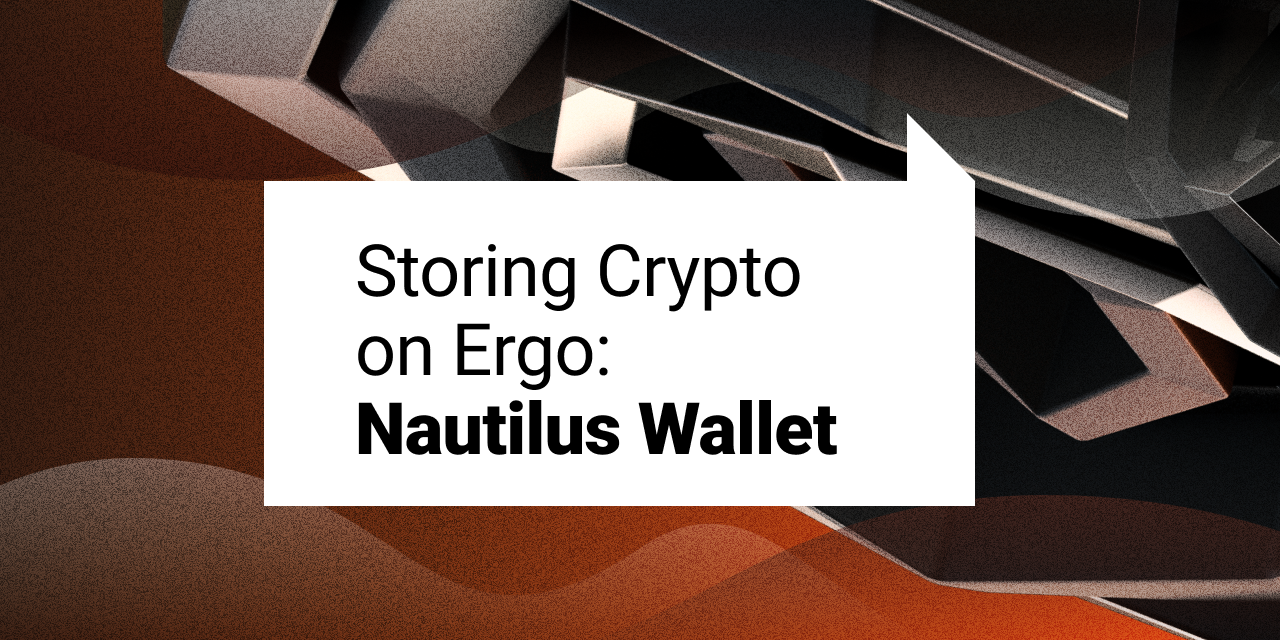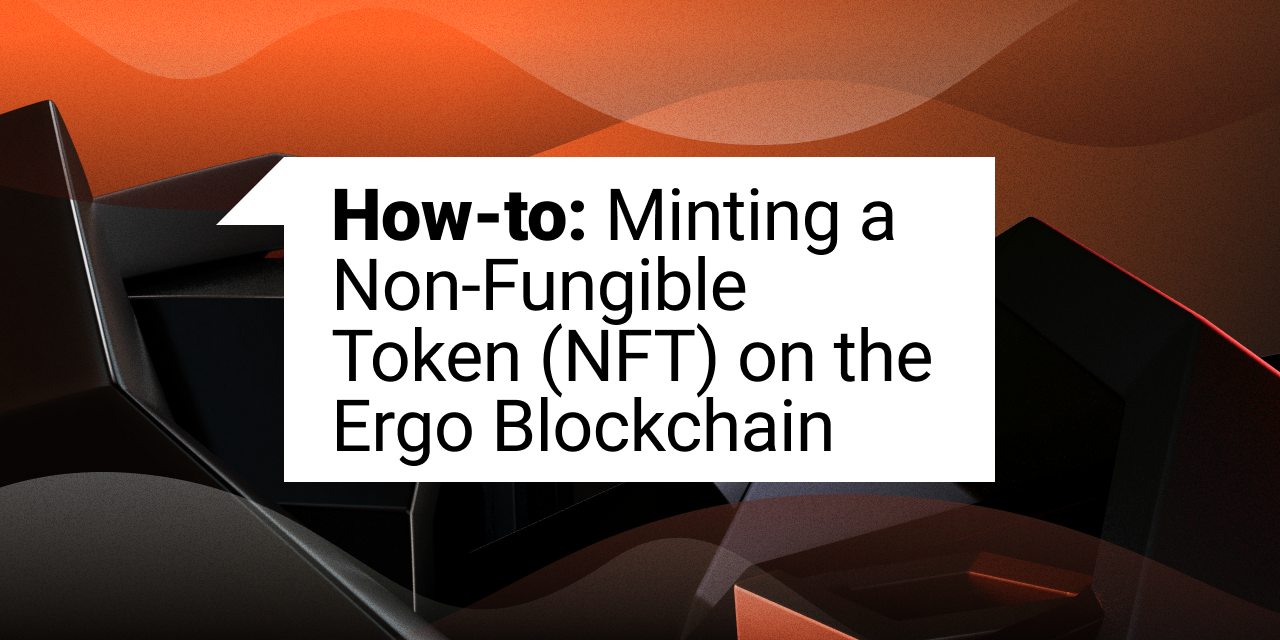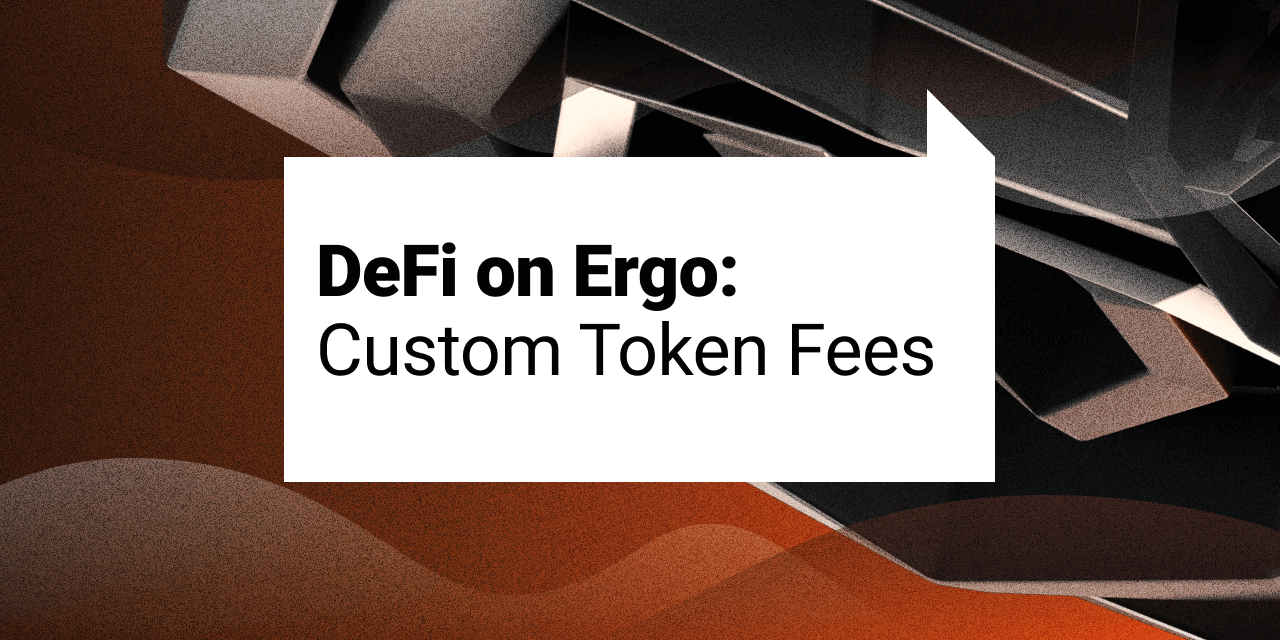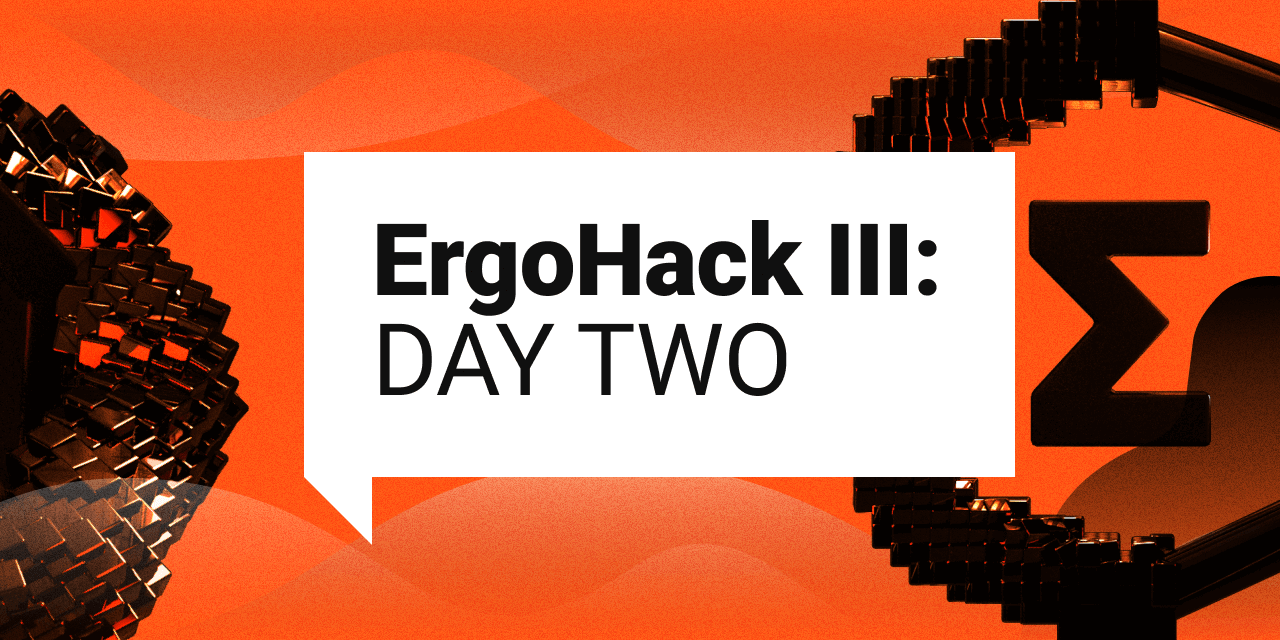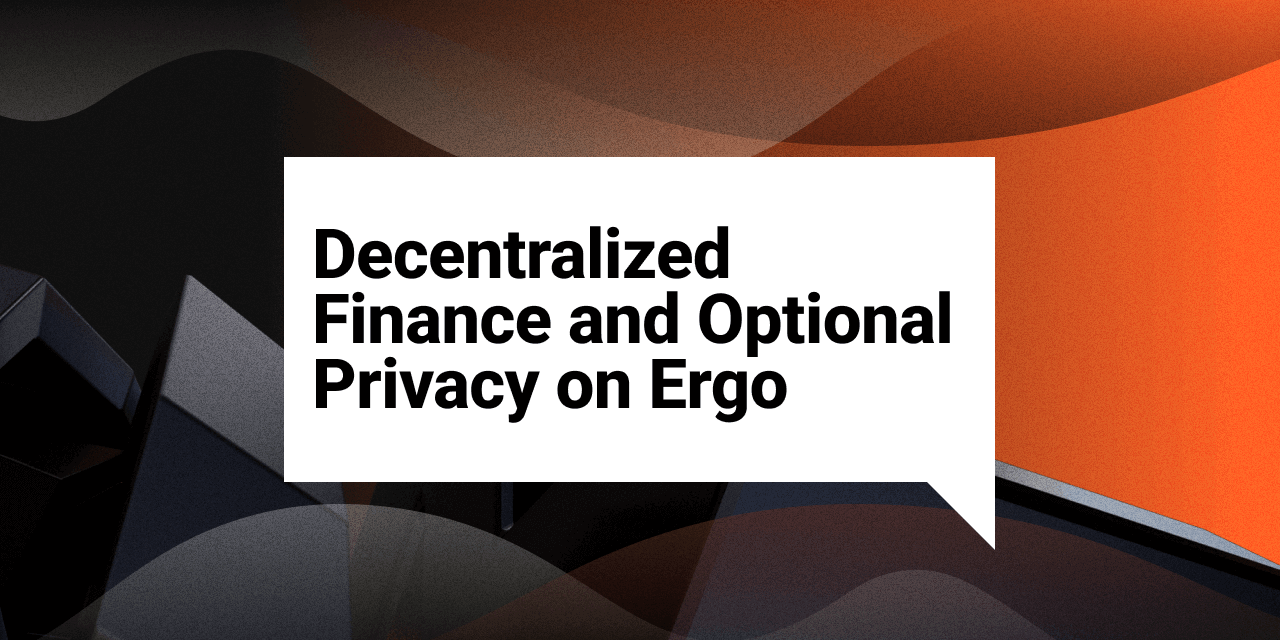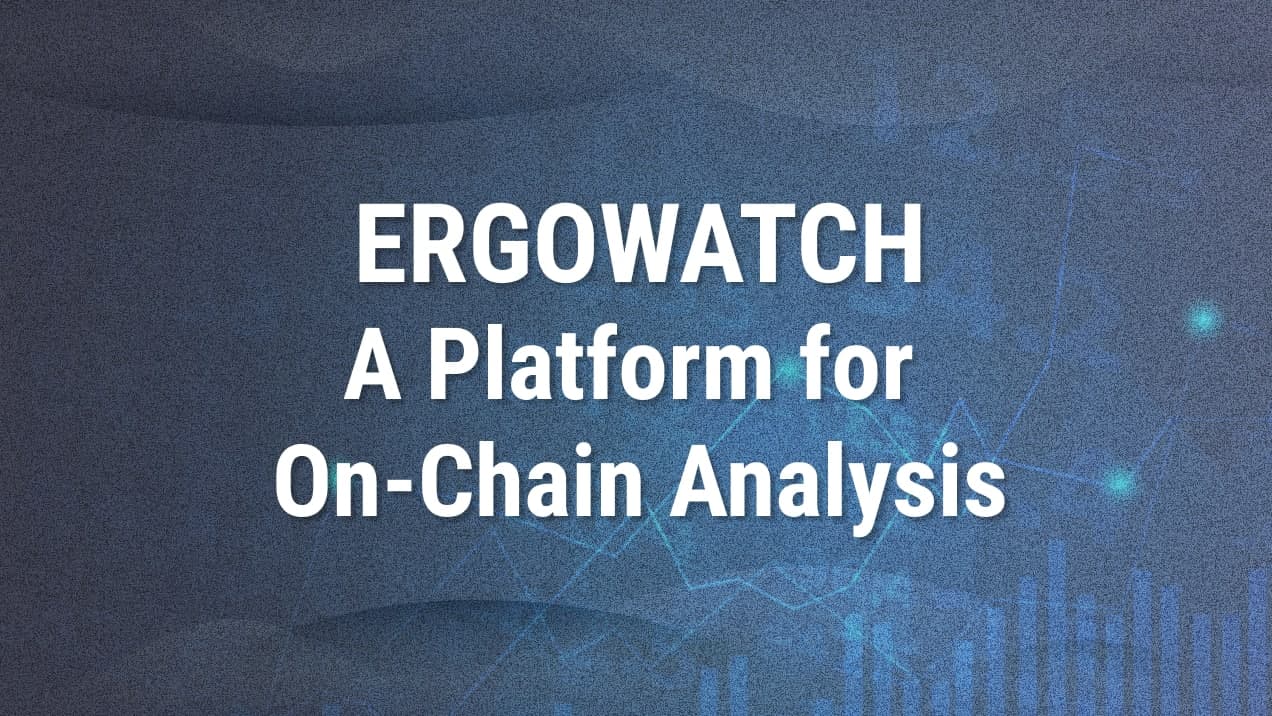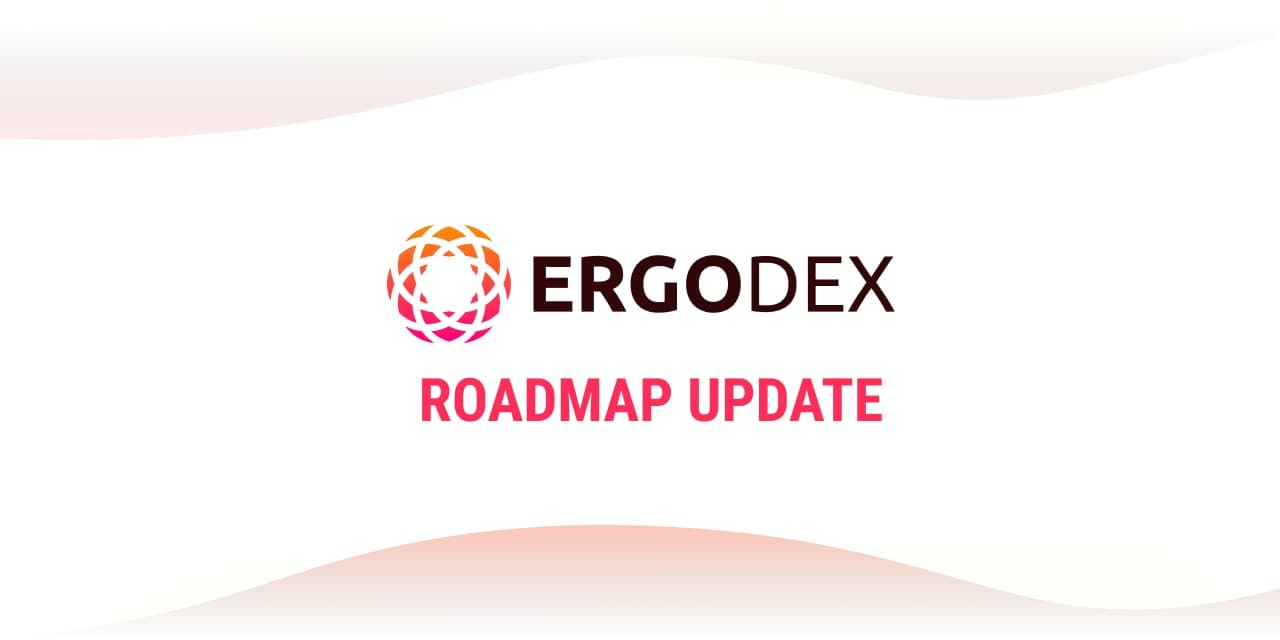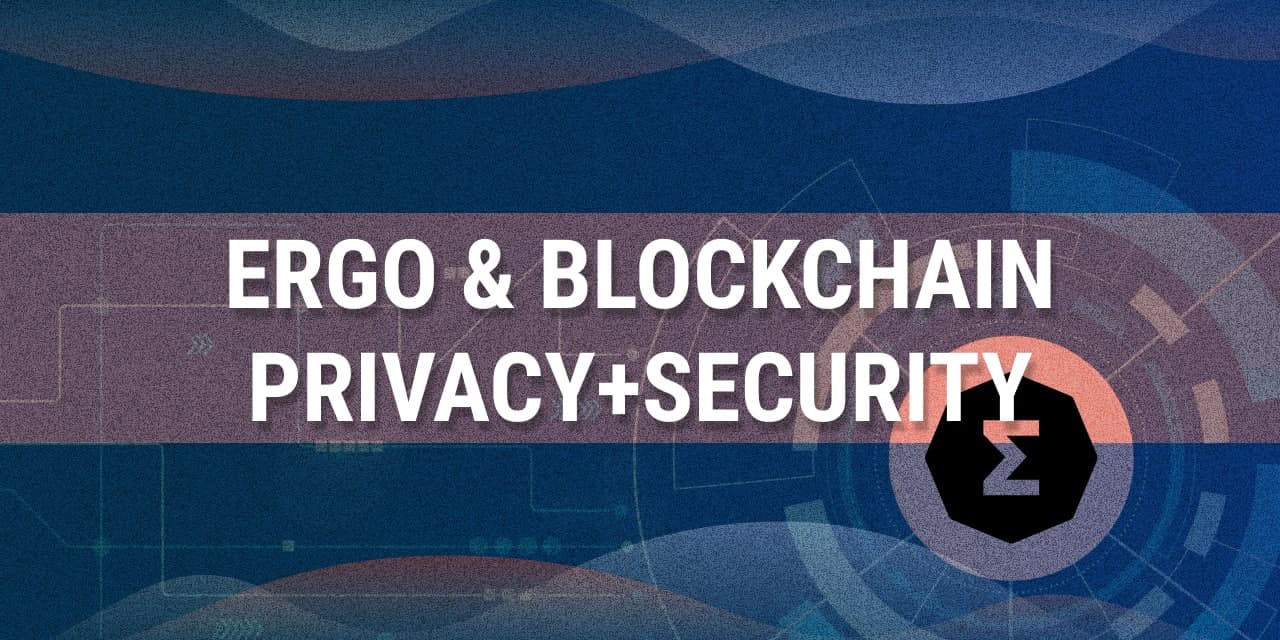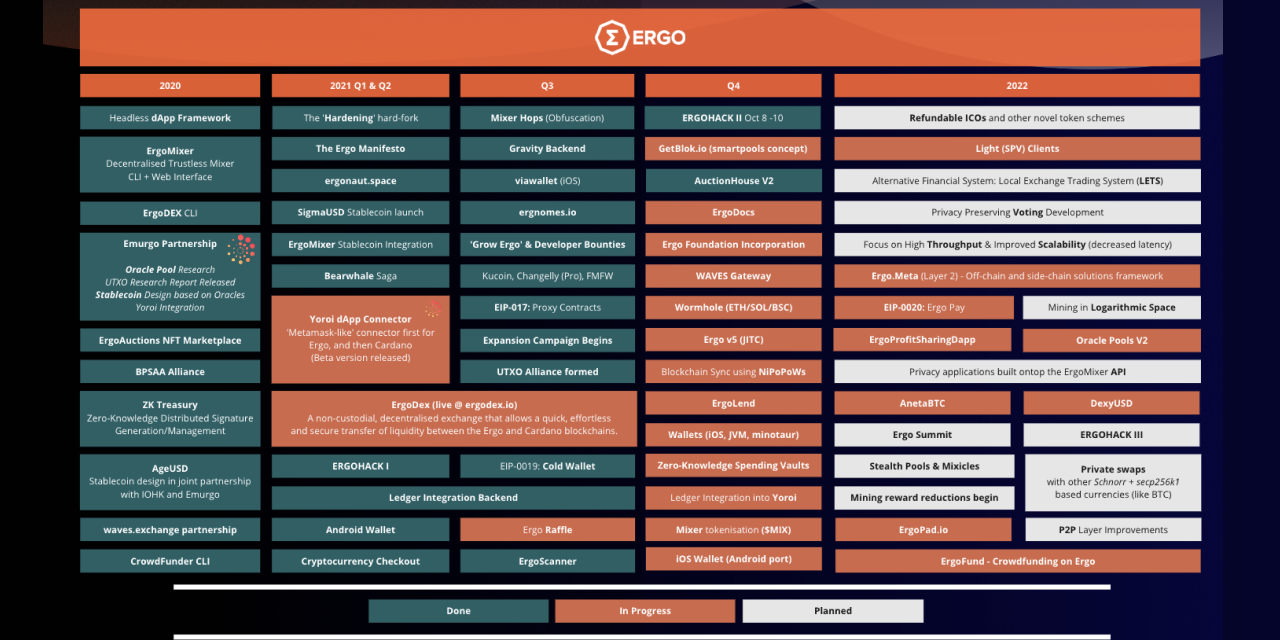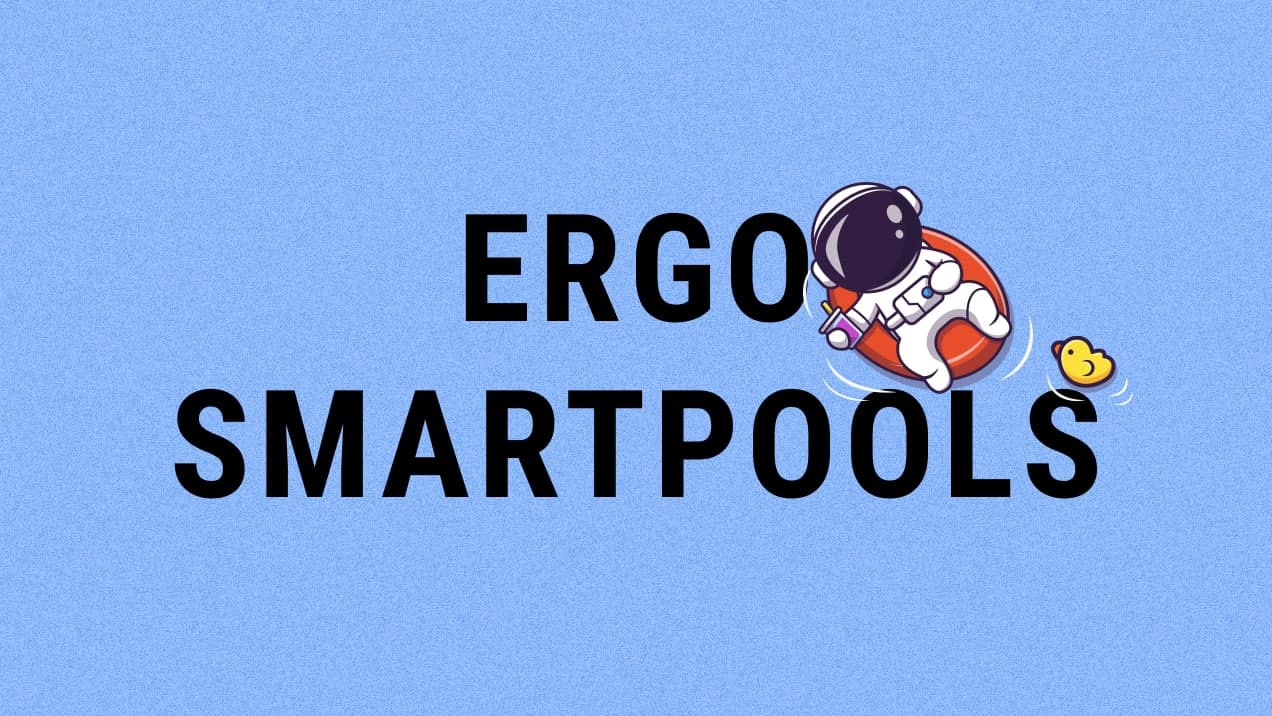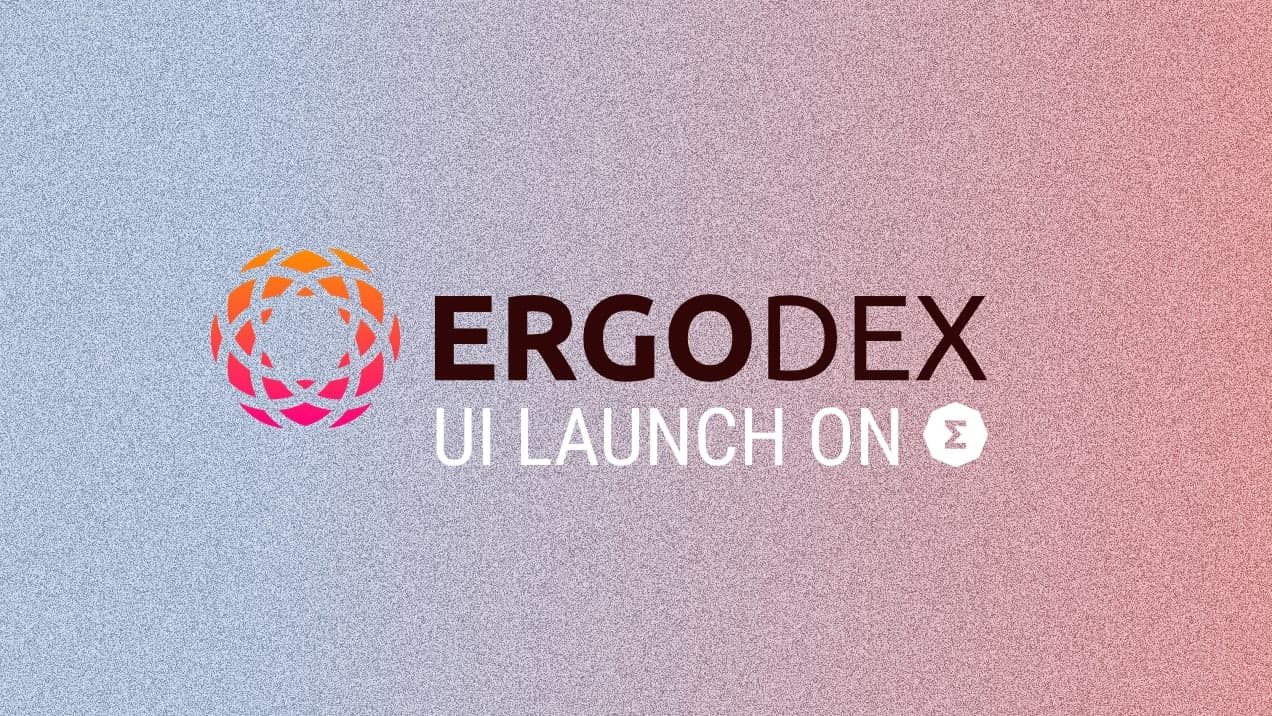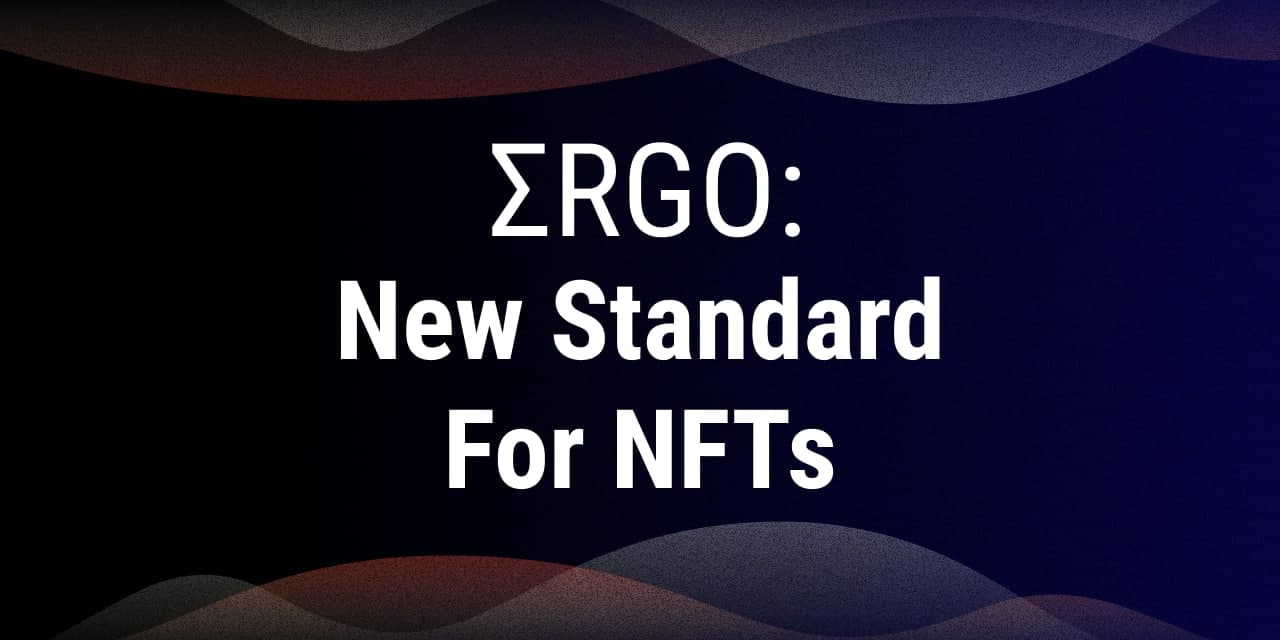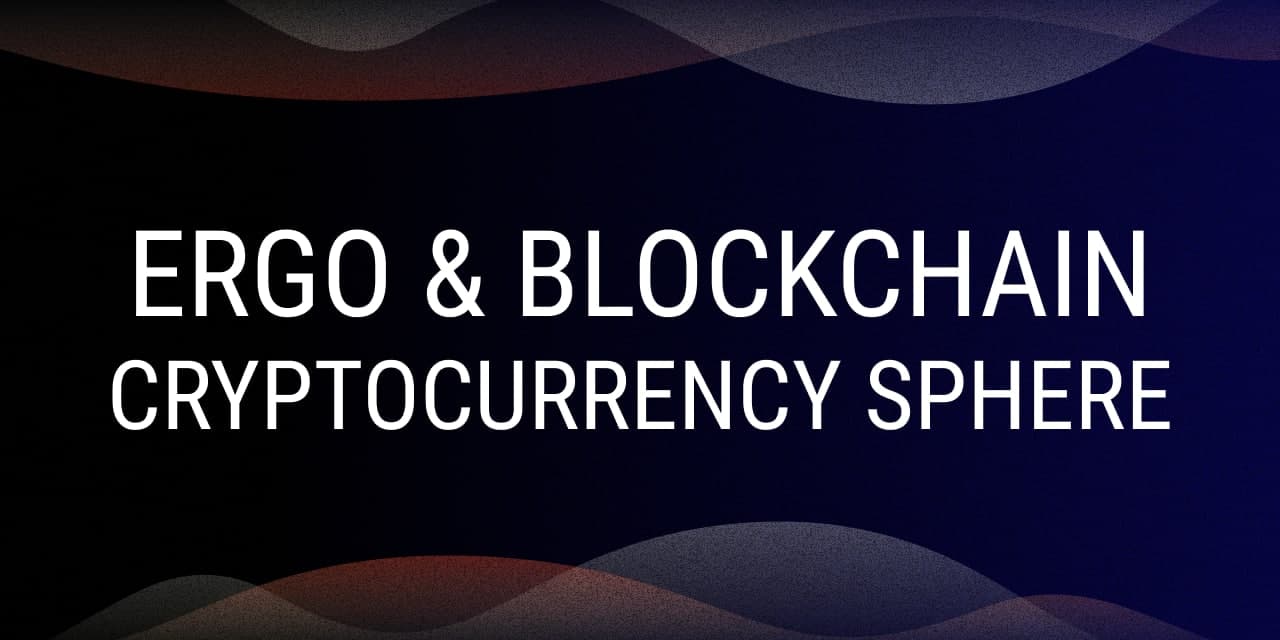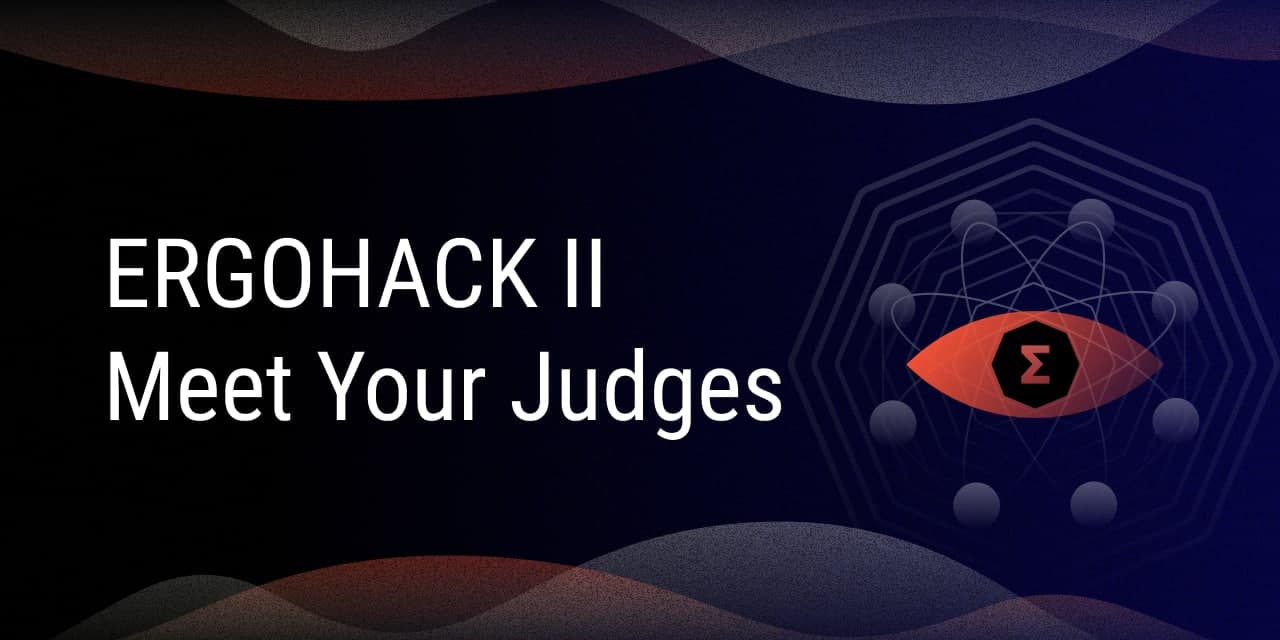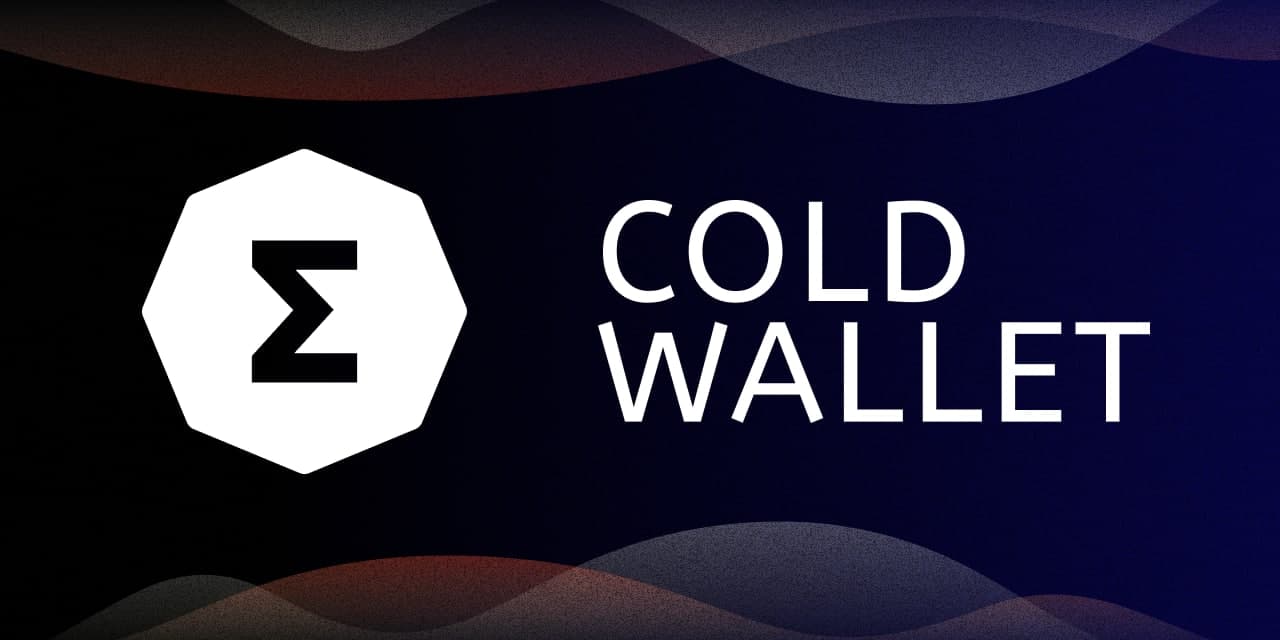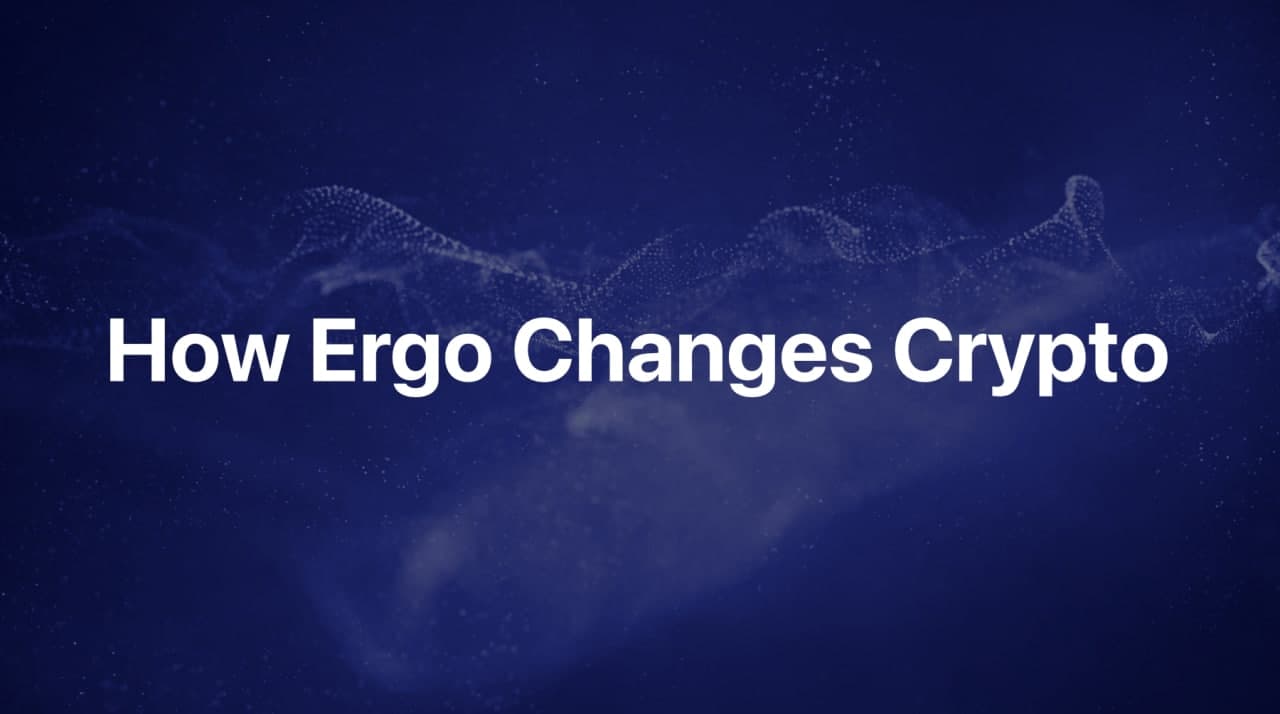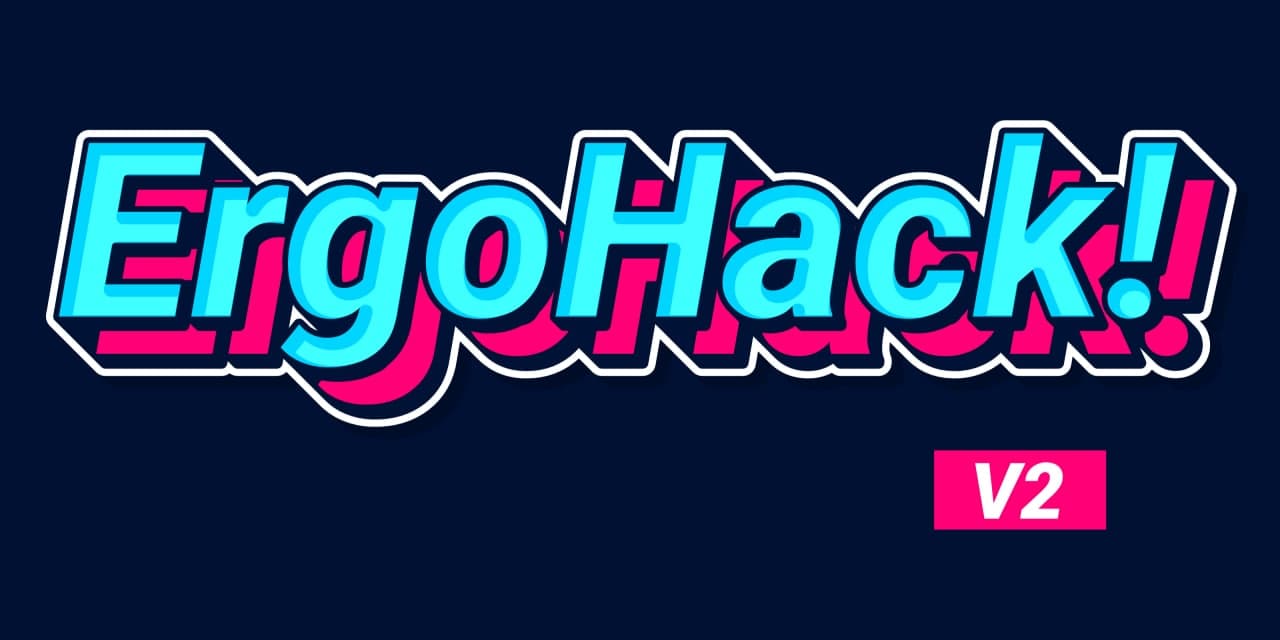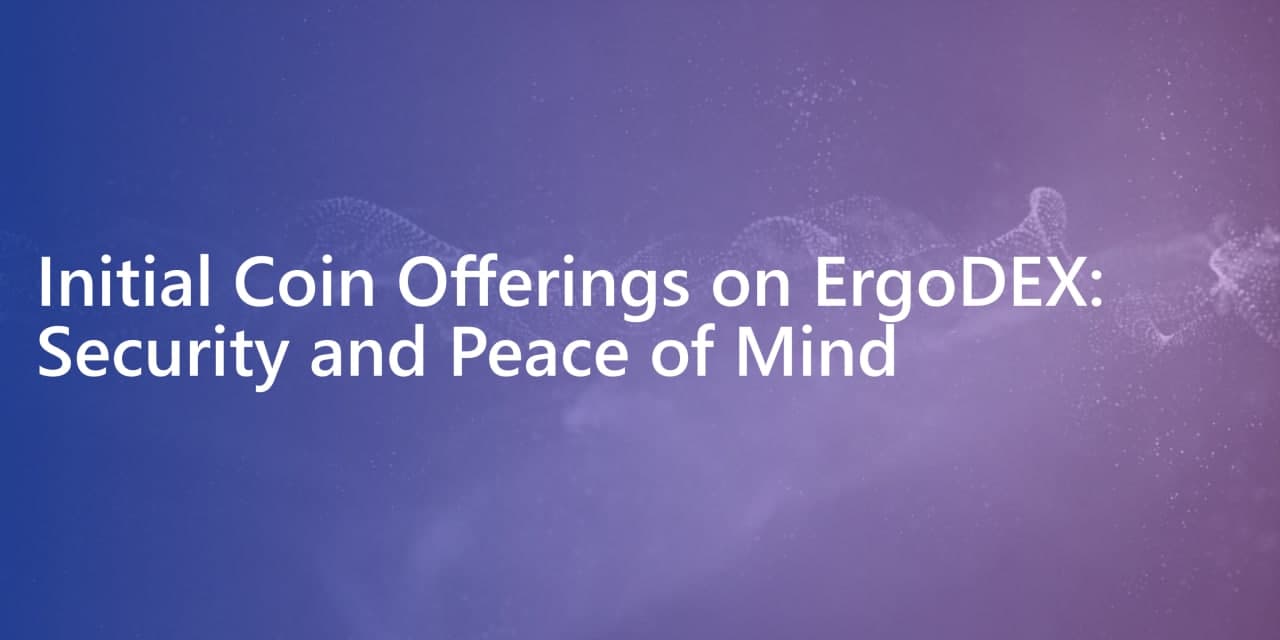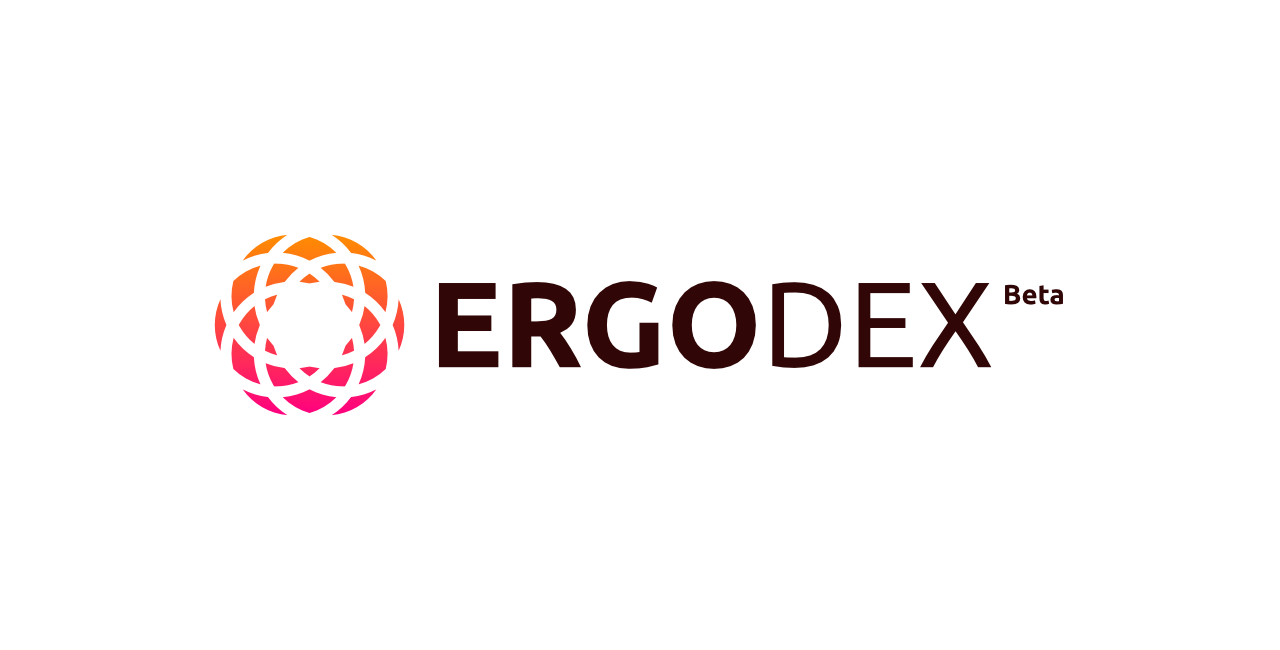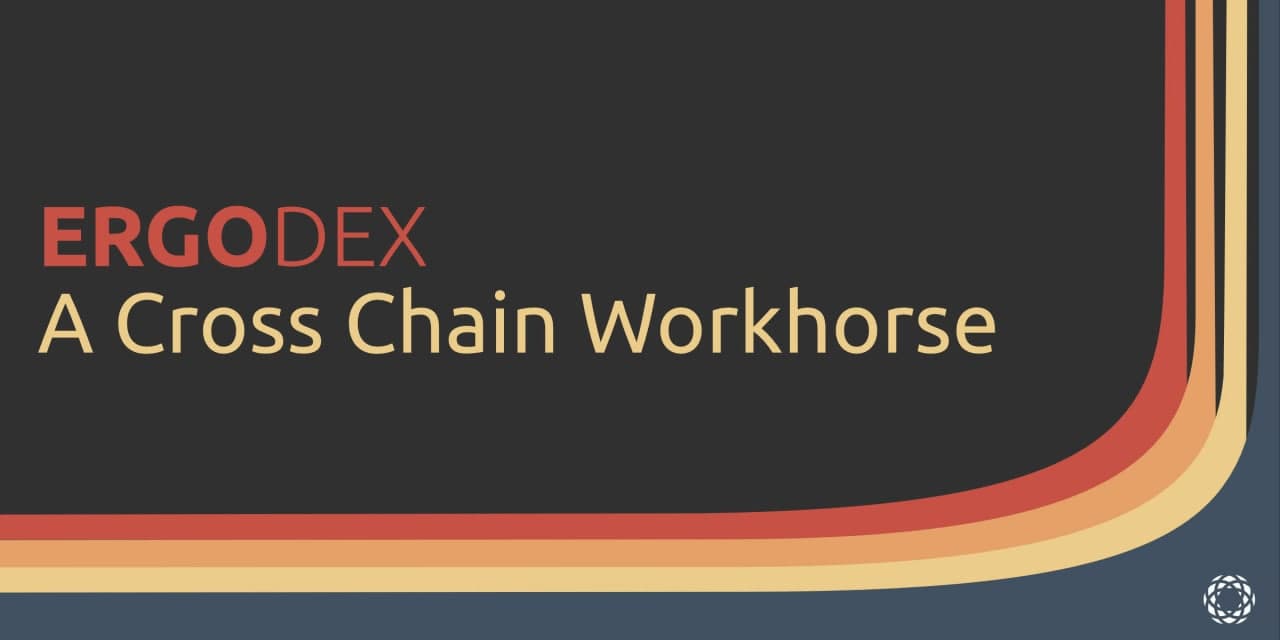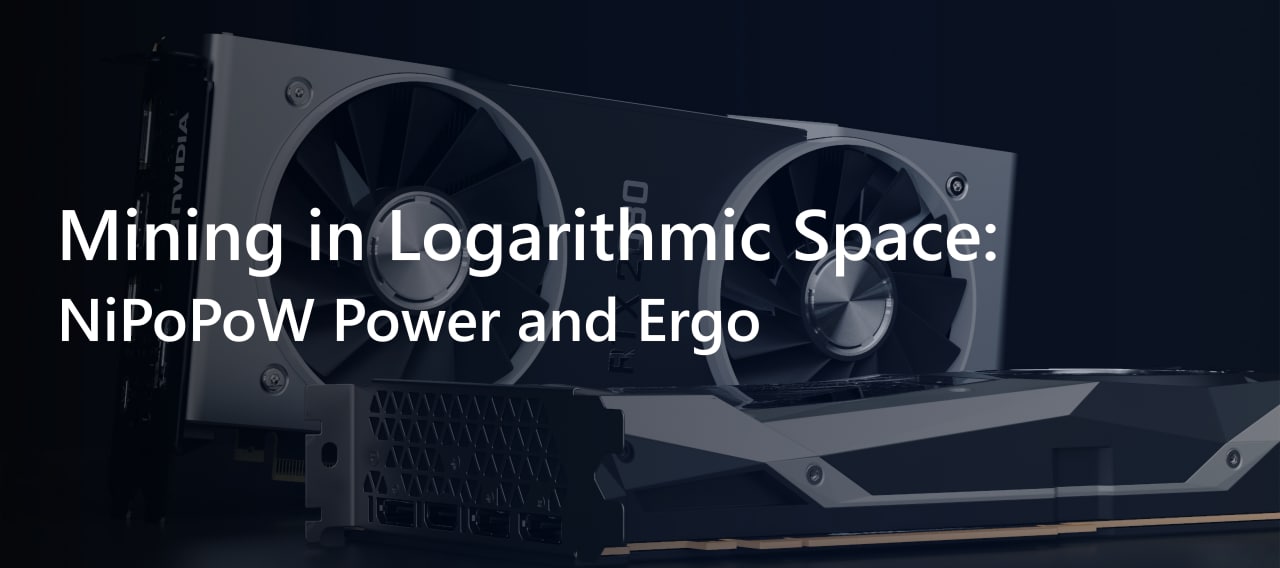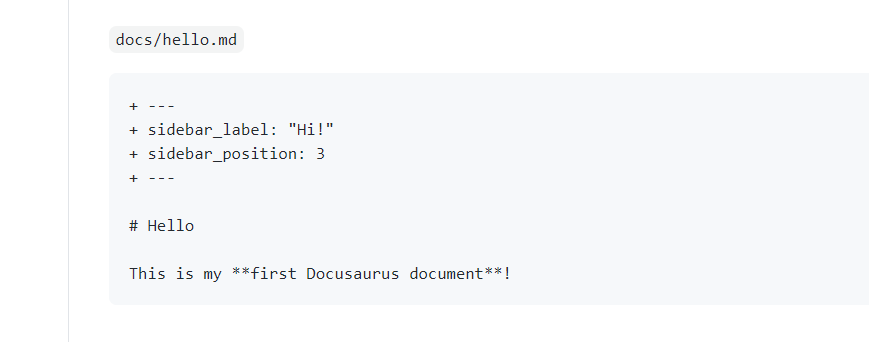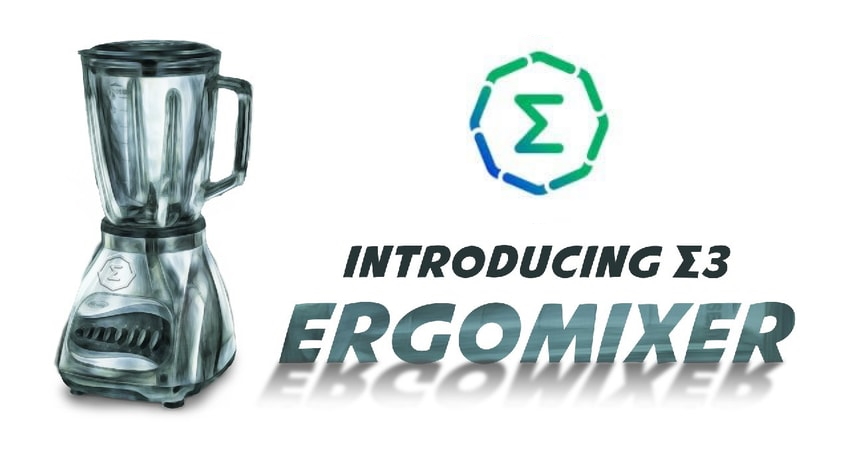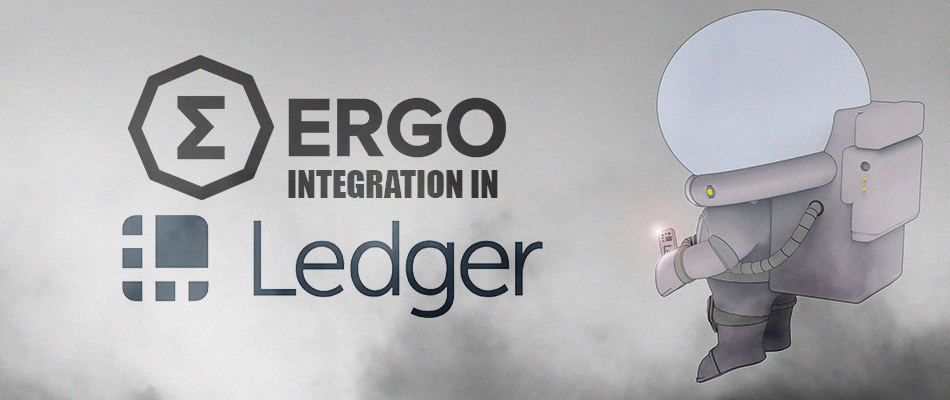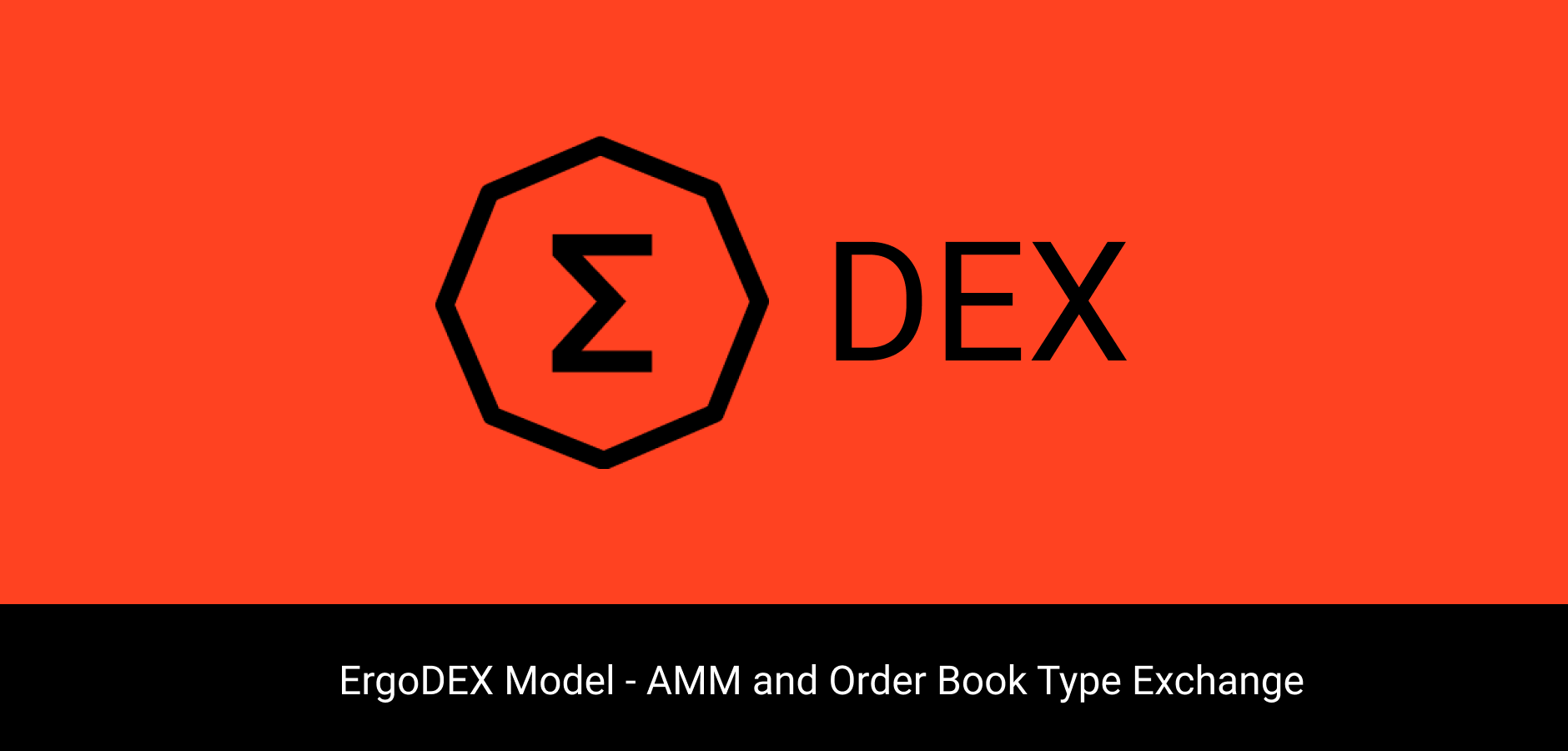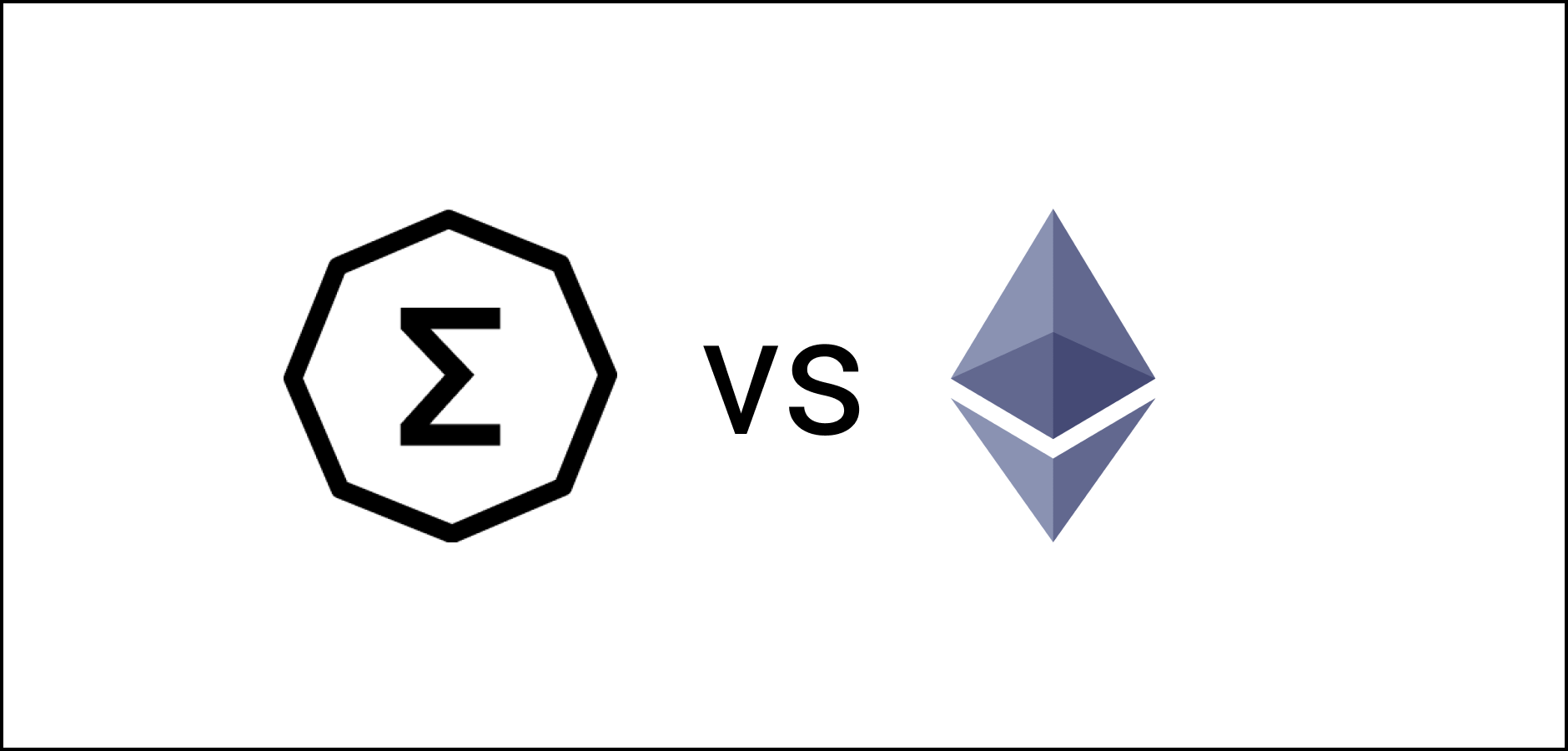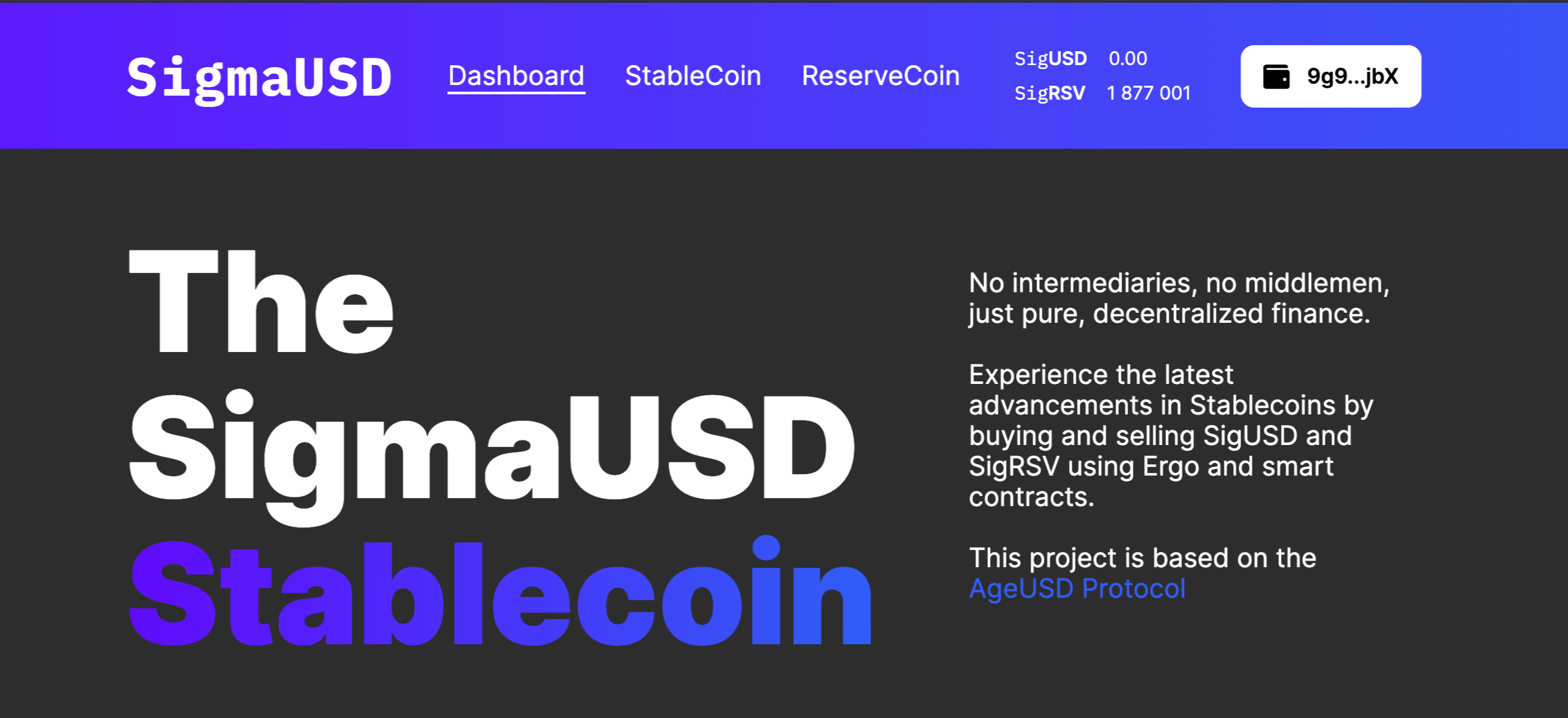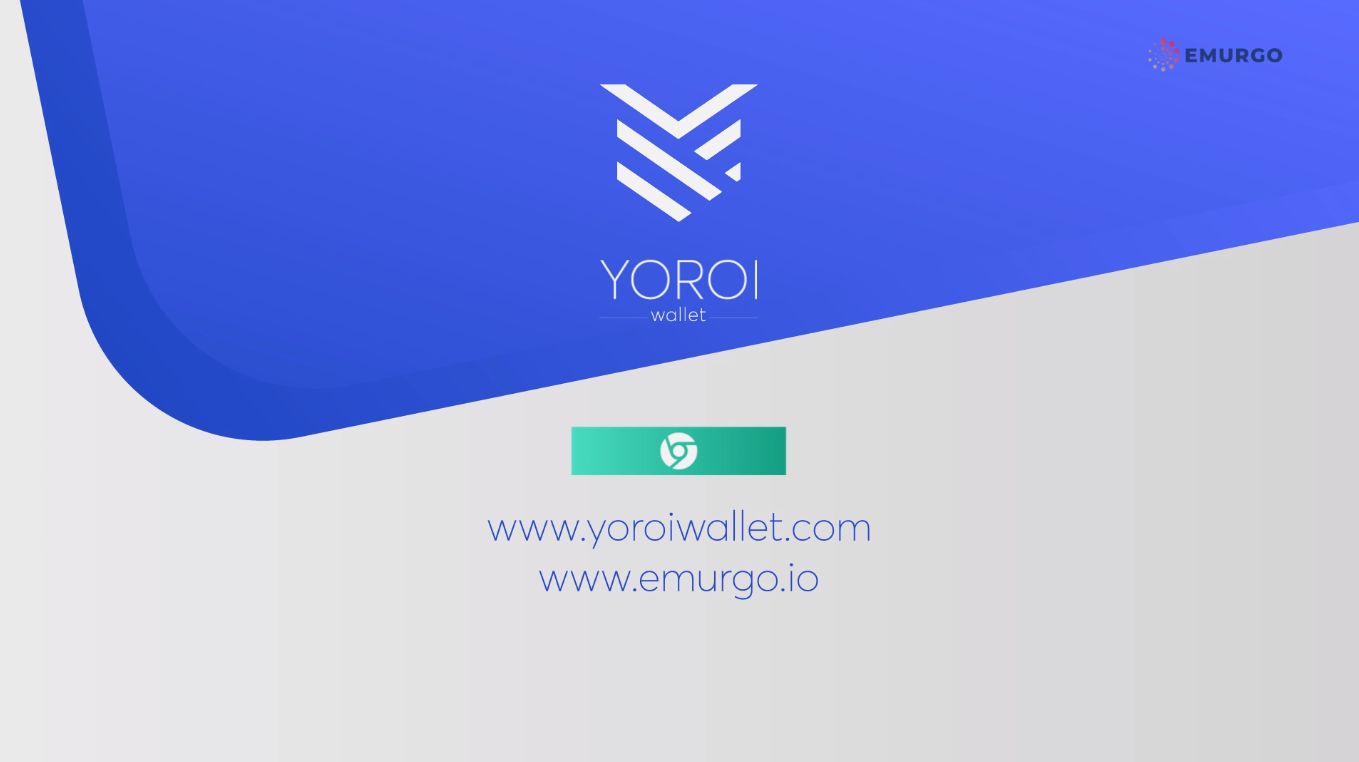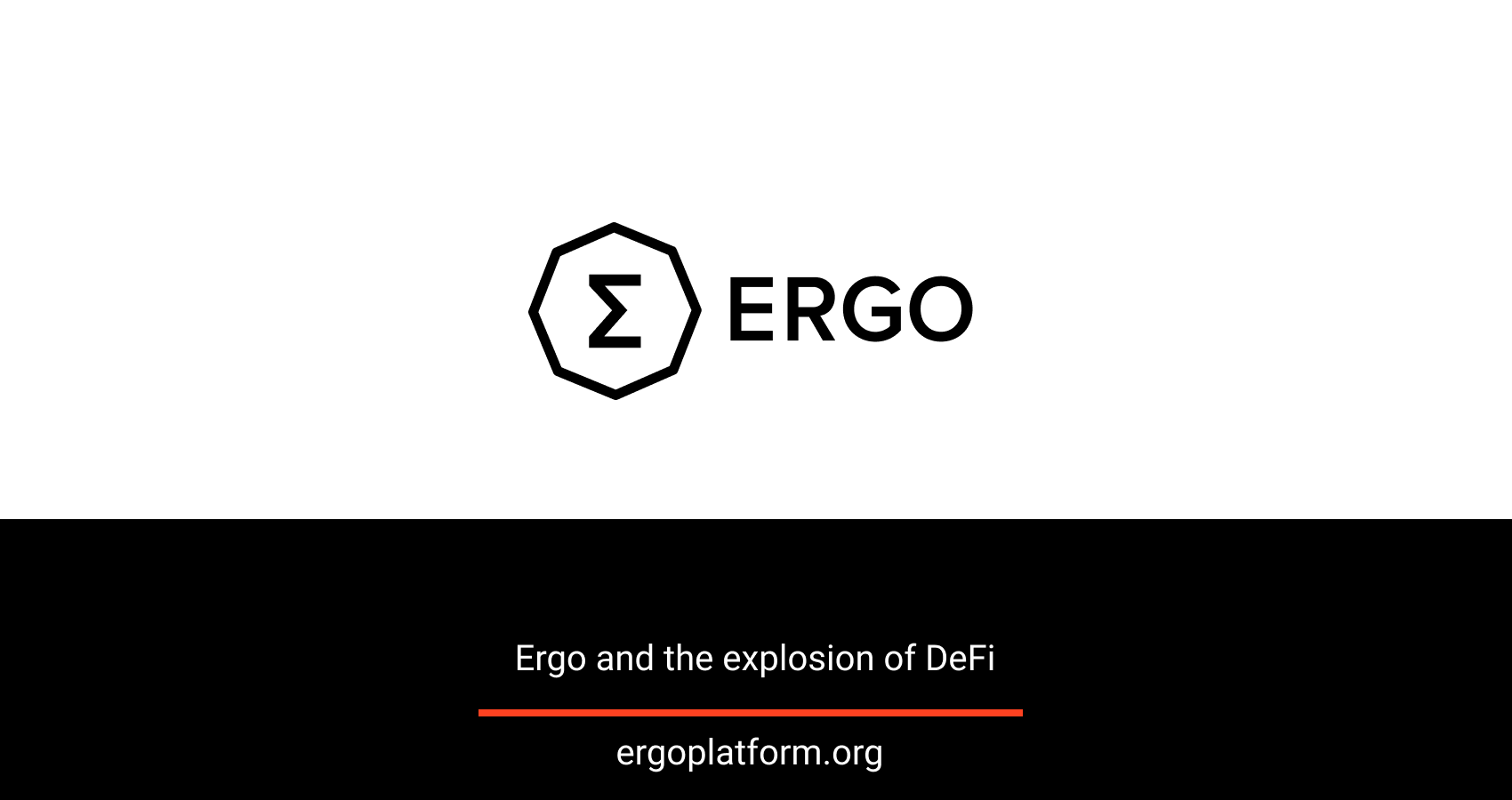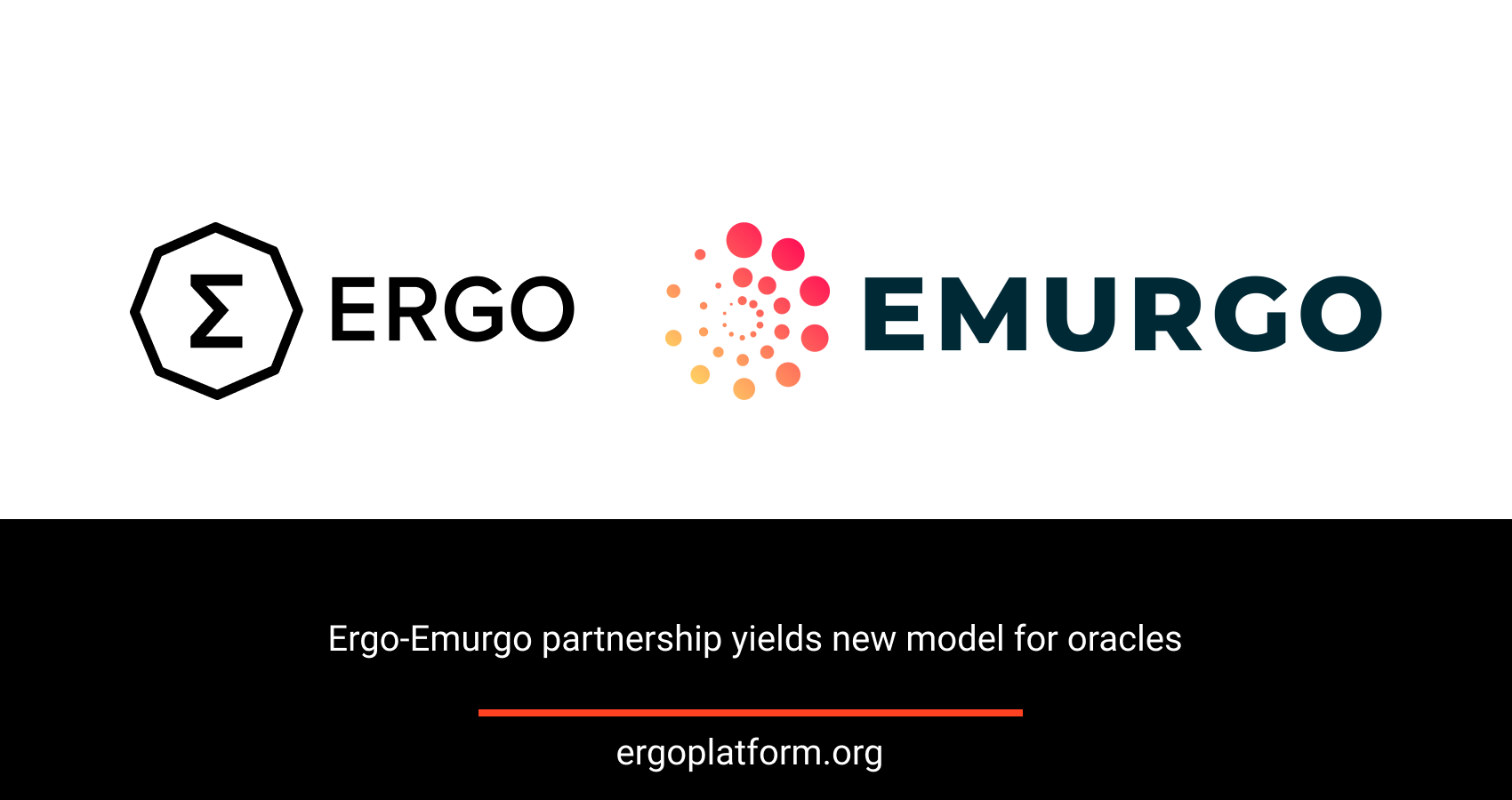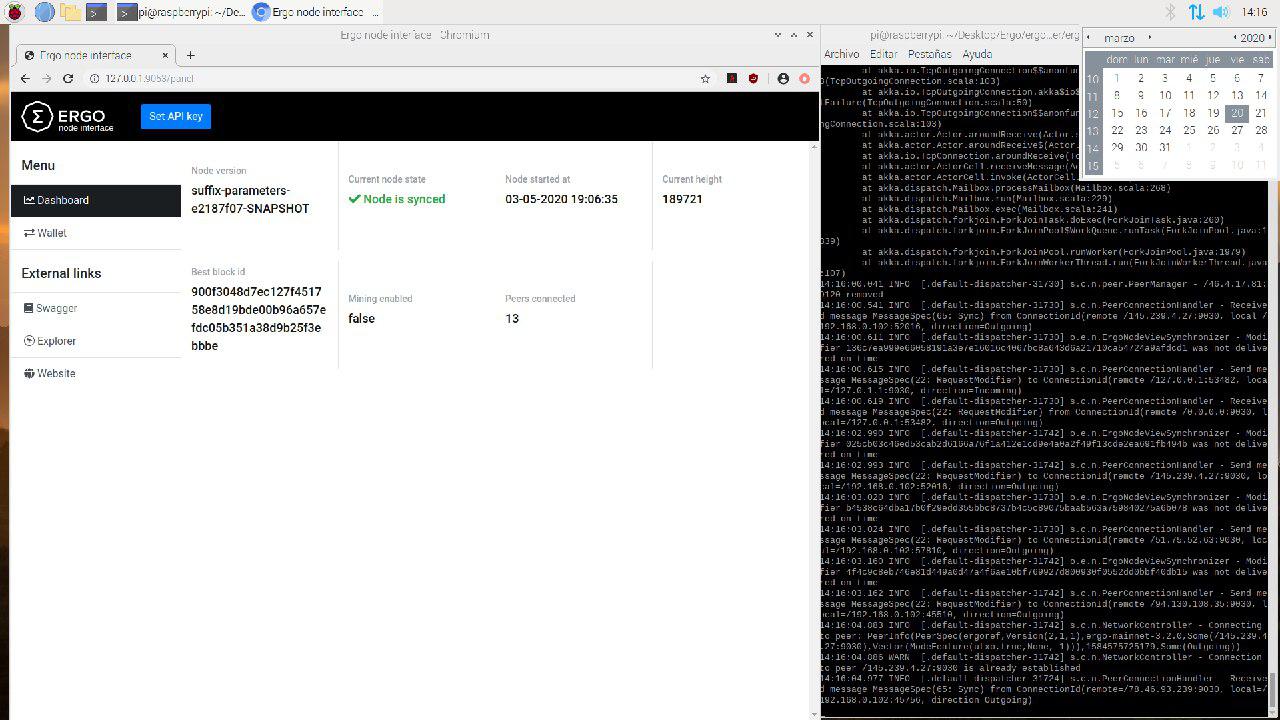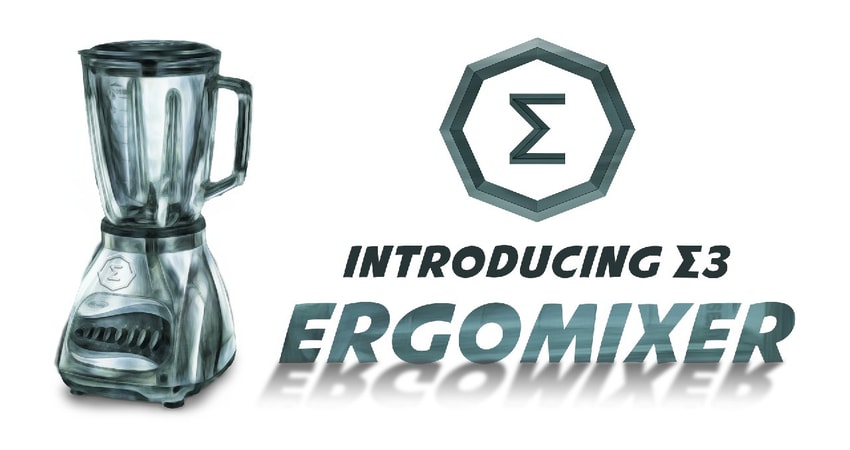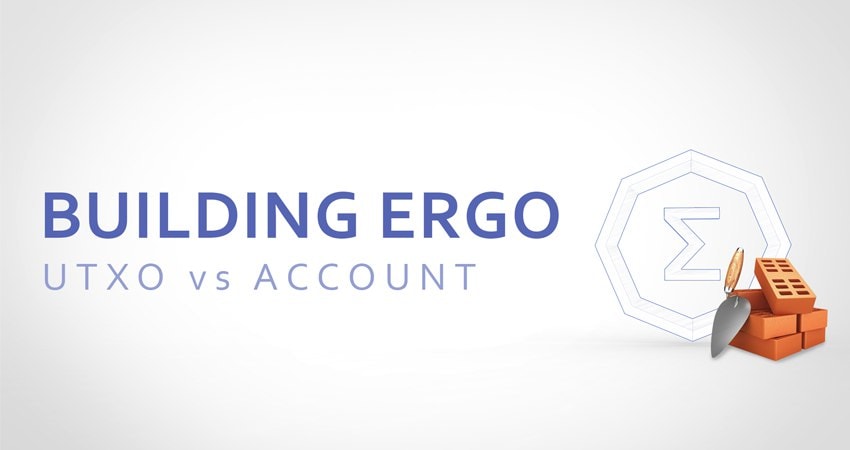Building Blocks of DeFi
With new decentralized finance platforms across different blockchains, crypto holders may be wondering what are the differences between DEX and CEX? Which one should you choose, and why? DeFi is still in its infancy and these questions are important in understanding the innovations of this new ecosystem.
A Centralized Exchange (CEX) is probably familiar to readers who have used platforms such as Binance, Coinbase, Kraken, FTX, Kucoin, etc. In contrast to these major CEX’s, a Decentralized Exchange (DEX) is a platform where smart contract applications operate in a decentralized and immutable manner with minimal trust to centralized authorities.
CEX Pros and Cons
Liquidity
(+) Centralized Exchanges generally administer market-making services. This means they provide both buying and selling liquidity for users to exchange their tokens and coins. In DeFi, not every liquidity pool is substantial so users can face high slippages due to a lack of liquidity.
(-) When it comes to lower market cap coins, big holders are needed to create buy/sell liquidity in a CEX. Automated Market Making (AMM) algorithms on DEX’s can be much more beneficial in providing a healthy market for early stage projects.
Wash Trade
(-) Wash trading occurs when exchanges manipulate transactions for the purposes of appearing to have high trade volume numbers. This false display of transactional volume is an attempt to appear attractive to prospective cryptocurrencies looking for new listings and new investors who are seeking an active trading platform. Trades on a CEX happen internally so there is no way of tracking the transaction by an impartial party. This gives a lot of power to centralized exchanges.
Power of Centralized Structure
(+) Centralized exchanges are faster by design because funds do not need to be moved across a blockchain. Transactions are fulfilled by simply exchanging the funds' information internally on the CEX. Therefore, as a centralized entity it can provide faster transactions. With CEX’s, one also need not worry about losing access to their assets if they lose the password. In this instance, a user can easily request a password reset from the CEX. However, if an individual loses the private keys to their wallet, the assets can not be recovered.
(-) “Not Your Keys, Not Your Coins.” Readers may be familiar with this phrase and its reference to the intrinsic downside of storing assets on a CEX. The actions of a user happen under the auspices of a custodial service provider. Centralized exchanges implement data-keeping services of your funds but also hold your keys, which is contradictory to the principles of a P2P (peer-to-peer) financial system.
Fees
(-) Fees tend to be cheaper on a CEX. As mentioned earlier, a user’s funds stay in a CEX wallet where they can execute all kinds of exchange activities without the need for incurring basic blockchain costs. Therefore, a CEX can provide fixed and relatively cheaper fees in contrast to current DeFi platforms such as Uniswap, where swapping fees for small volumes can take up to hundreds of dollars.
DEX Pros and Cons
Non-Custodial Interaction
(+) At the heart of the Cypherpunk ideal proposed by Bitcoin is that cryptocurrency economies should provide access to a peer-to-peer economic structure that gives back financial freedom to people. Since a DEX functions in a non-custodial manner, a user can keep funds in their private wallet and swap tokens in any desired amount. This type of exchange protects funds from hacks while also securing assets from potential fraud in a CEX.
(-) The non-custodial nature of a DEX means that a user can lose their funds permanently if they do not keep their private keys secure. There is no way to recover the seed phrase for a unique wallet, so in the event a user loses or forgets their private keys, there is no way to retrieve them.
Custom Trading Pairs
(+) One of the most unique characteristics of a DEX is that it is an ideal place for initial coin offerings and custom trading pairs. Anyone can set up a liquidity pool in a DEX and provide liquidity for a new exchange pair. This type of platform democratizes individual participation in market-making.
(-) It should be noted that there can be adverse consequences from some custom pairs on a DEX. Since anyone can set up a liquiditOne common type of fraud by these malevolent entities is called a “rug pull.” Investors can fall victim to unexpected losses when trading and/or swapping with a new “false” token on a DEX. Malicious actors defraud investors by creating new tokens for the purposes trading and swapping the “false” token on a DEX.
Fees
(-) Since DEX interactions happen on-chain, there are different transaction fees that need to be included for each trade. DEX platforms generally have a governance and liquidity providers’ fee that can vary between 0.2-1% per transaction. On top of that however, an additional fee must be paid to the blockchain platform since the transactions occur on-chain. These blockchain fee requirements can evolve though through the implementation of sidechains that address scalability issues.
Transparent Data
(+) DEX interaction happens on-chain, therefore anyone can check if the volume is executed on the blockchain. This is why it is impossible to create Wash-Trading without encountering transaction fees. The transparency of a blockchain acts as a protection layer for malicious actors.
(-) Since data is transparent however, transactions can be tracked and wallets can be easily detected. This scenario is not ideal but a dApp like ErgoMixer provides users with a new layer of security by hiding some of the transactions on-chain.

